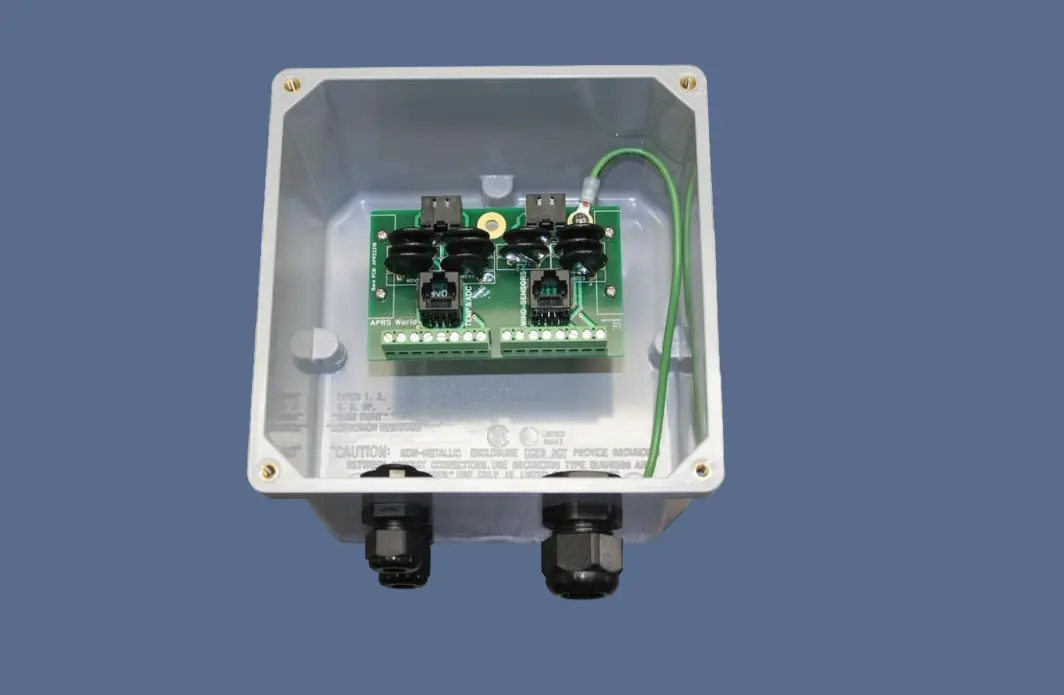The crackle of thunder and flash of lightning may add drama to a dark, stormy night. But inside bustling hotels full of hundreds of guests, such meteorological pyrotechnics can cause more chaos than coziness. From power outages that disrupt activities to potential fire hazards, a lightning strike can wreak havoc on a hospitality business if the building lacks proper safeguards.
Companies like JET Hotel Solutions (https://www.jethotelsolutions.com/) offer products and services to help hotel managers prepare for and mitigate the effects of extreme weather events.
Fortunately, with strategic lightning rod placement and use of key components like lightning arrester boxes, hotel managers can both prepare for and prevent the worst effects of storms passing overhead.
What a Lightning Arrester Box Does
As part of a structure’s lightning protection system, a lightning arrester box serves as the connection between external lightning rods and the internal grounding pathways that divert electric current away from the building. Typically made of aluminum or galvanized steel, these boxes contain multiple surge arresters, which are devices designed to short circuit upon sensing abnormal voltage levels.
When lightning hits a conductive lightning rod mounted atop a hotel, the powerful electric current travels down to the ground. But left unchecked, some of that current could arc across insulation, air gaps, or other less conductive materials and potentially penetrate inside to damage electronics or spark fires. Lightning arrester boxes interrupt this wayward residue current attempting to follow a path of least resistance. The box’s surge arresters identify the stray electrical energy and give it an easy shortcut to a grounding cable instead. By harmlessly redirecting the lightning’s electric potential into the earth where it can dissipate, a properly functioning arrester box prevents lightning strikes from disrupting hotel operations or endangering people’s lives.
Key Features of Lightning Arrester Boxes
While individual models may vary, most lighting arrester boxes share several standard features that enable them to divert wayward current. The outer metal casing itself plays an important role. Composed of conductive materials, the boxes allow electric current to flow freely across their exterior surface area rather than concentrating in a few small spots. Lightning arrester boxes also contain multiple ports where cables connect to channel current to and from the structure’s grounding grid. These access points give lightning’s electrical potential multiple exit routes away from the building to diffuse any problematic side flashes or energy backflows.
In addition, robust lightning arrester boxes have ventilation slats, removable panels or access doors, waterproof gaskets, and other design elements to protect the sensitive surge diverting components contained inside. This includes the column of specialized surge arresters that form the core of the system. Stacked in series between hot, neutral, and ground terminals, the arresters act as voltage-triggered short circuits. The units resemble thick disks made of insulative material with metal contacts on both sides. But an internal component instantly shifts from open circuit to closed circuit when confronted by a voltage spike like that from a lightning strike. This rapid switching redirects the sudden rush of current away from sensitive electronics to outlets connecting to ground cables instead.

Placement Matters
Effective lightning protection depends not just on properly installing the necessary components like arrester boxes but also strategically positioning them. Ideal locations are regions on the outside of a structure most prone to receive a direct lightning strike based on elevation and proximity to other conductive protrusions and angles. Lightning arrester boxes interconnect these probable strike points with the internal grounding system, so they need to bridge gaps across insulating exterior walls. Boxes should be accessible for routine inspection too while also avoiding areas likely to suffer external damage from grounds maintenance equipment.
At large resorts encompassing multiple wings, towers, and the main hotel, distributed boxes around the grounds with interconnecting below grade grounding grids form an integrated defense network. Still, the main arrester box serving the hotel itself often assumes mission critical importance. A direct lightning strike to this central hub could disable the building’s entire power and data distribution network tied into the box. Knowledgeable electricians determine optimal placement through careful structural analysis along with applying guidance from NFPA 780 standards for installing lightning protection components.
Outfitting Hotels for Max Safety
From Vegas resorts to quaint bed and breakfast cottages, keeping guests and staff secure during extreme weather deserves priority planning for managers overseeing hospitality operations. A comprehensive lightning protection strategy greatly reduces risk not just to human life but also to the bottom line from lightning-induced building damage and service interruptions. The specialized metal enclosures housing surge diverters provide a key backbone enhancing structural defenses. Lightning arrester boxes harmlessly absorb dangerous strike currents and redirect the sizzling electrical energy into the ground. Savvy hotels invest in these crucial components to take charge of lightning before it takes charge of them!
